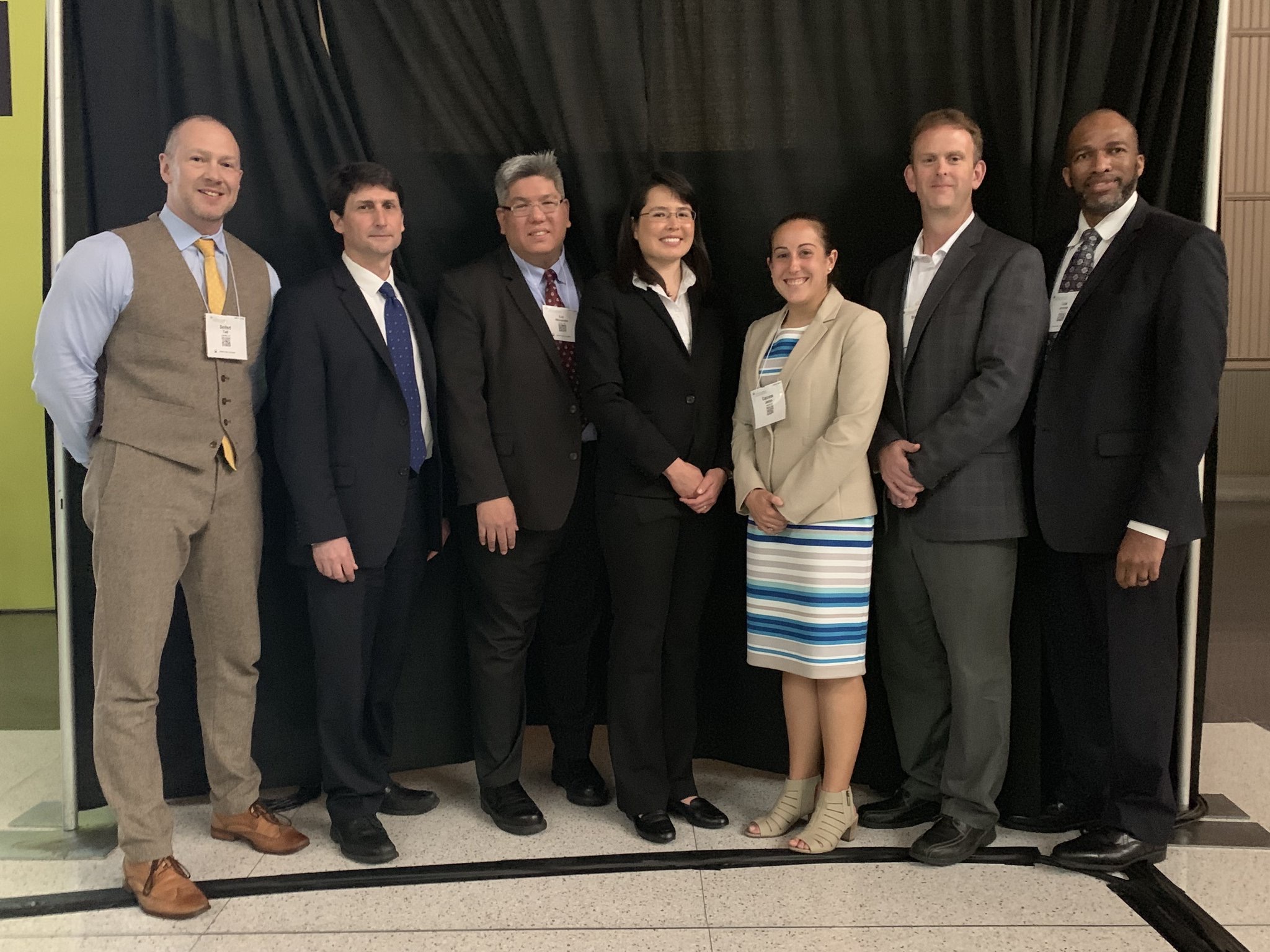Current Research Projects
Dr. Caccese Assistant Professor at The Ohio State University
One of our members has moved on to become an Assistant Professor at The Ohio State University (OSU)! Dr. Jaclyn Caccese was recognized for her hard work and devotion to the research community. In January 2020, Dr. Caccese assumed her new position at OSU at the Department of Health and...
read moreCoBal Lab is on NPR!
Balancing in Virtual Reality: UD researchers search for answers in the Cave CoBal Lab is on NPR! Click on the link bellow and check out the publication! https://www.delawarepublic.org/post/balancing-virtual-reality-ud-researchers-search-answers-cave ...
read moreCollaborative Research in Computational Neuroscience (CRCNS)
Dr. Hendrik Reimann presented at the CRCNS meeting in Austin, Texas. The purpose of CRCNS program is to provide a theoretical foundation and a rich set of technical approaches for understanding complex neurobiological systems, building on the theory, methods, and findings of computer science,...
read moreMay the Force be with you!
Right Picture, from left to right: Fernando, John, and Tyler
read moreJaclyn Caccese presented at the 71st American Academy of Neurology in Philadelphia, PA.
Left to right: Dr. Tad Seifert (moderator), Dr. Luca Marinelli, Dr. Alexander Lin, Dr. Katherine Breedlove, Dr. Jaclyn Caccese, Dr. Thomas Buckley, Dr. Jerome Lisk (moderator).
read moreCongrats to our new PhD. Tyler!
On the first week of April 2019, Tyler Feltrow has successfully defended his dissertation. His dissertation title was “Control of balance during locomotion” and the goal of his research was to provide a basic understanding of how the healthy human nervous system regulates balance to...
read moreArmSense
Parkinson's disease (PD) leads to progressive movement problems that affect safety and independence, including slow walking and movement, short shuffling steps, tremor, rigidity, and balance loss. These problems may be exacerbated by sensory or processing impairments, decreasing a person’s awareness of their own movements. Therapy treatment use external cuing to compensate for this loss, but any movement improvements disappear soon after the cues are stopped. ArmSense is a portable arm swing feedback device to cue larger movements even outside the clinic, providing consistent feedback for larger movements at home and in the community.
read moreSensory Processing and Balance Control during Walking in CP
The goal of this project is to characterize neural control strategies underlying walking in children with cerebral palsy (CP) to inform the development of new therapeutic approaches. In general, rehabilitation interventions focus on improving functional performance by decreasing motor deficits associated with muscle spasticity and weakness in children with CP. Far less attention has been paid to sensory processing deficits. However, recent studies have suggested that a significant contributor to the motor function deficit in children with CP may be impairment in the neural processing of tactile discrimination and proprioception information. The mechanisms associated with such sensory deficits, and how they impact motor control in individuals with CP, are unknown. The primary triad of sensory modalities that are crucial for healthy postural control are the visual, vestibular, and proprioceptive systems. We have developed innovative techniques to manipulate these sensory modalities, allowing investigation of how they support stable and flexible control of upright equilibrium during standing and walking. The long-term view is that this approach will identify mechanisms toward developing more effective sensorimotor rehabilitation paradigms for children with CP. The expected outcomes of this study include: 1) a better understanding of the relationship between sensory processing and functional mobility in individuals with CP; and 2) an elucidation of the effect of galvanic vestibular stimulation on individuals with CP. These findings may support a multi-dimensional clinical approach to potentiate typically motor-centric strategies for improving mobility in children with CP.
read moreSensory Processing and Balance Control During Walking in Parkinson’s Disease
Parkinson’s disease is characterized by its progressive movement problems, but deficits in sensory function and processing can exacerbate these problems and have a negative impact on balance and function. By using movements of an immersive visual scene and electrical stimulation to the vestibular system, we can provide sensory stimulation that challenges a person’s sense of balance. We can then track and quantify the balance response through infrared motion-capture video, pressure on a force plate, and electromyographic (EMG) activity. To understand these deficits in the larger context of function and rehabilitation, we look for relationships between balance responses and self-reported balance confidence and quality of life.
read more







